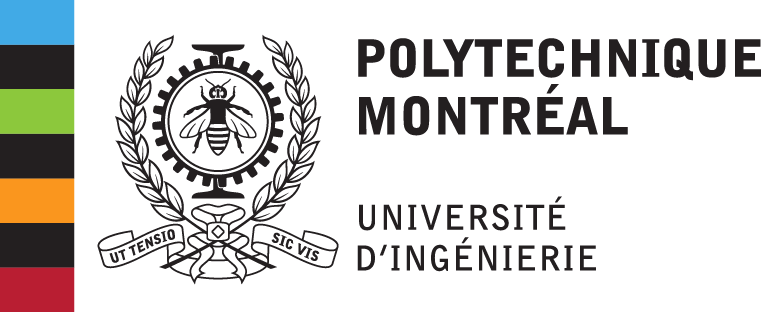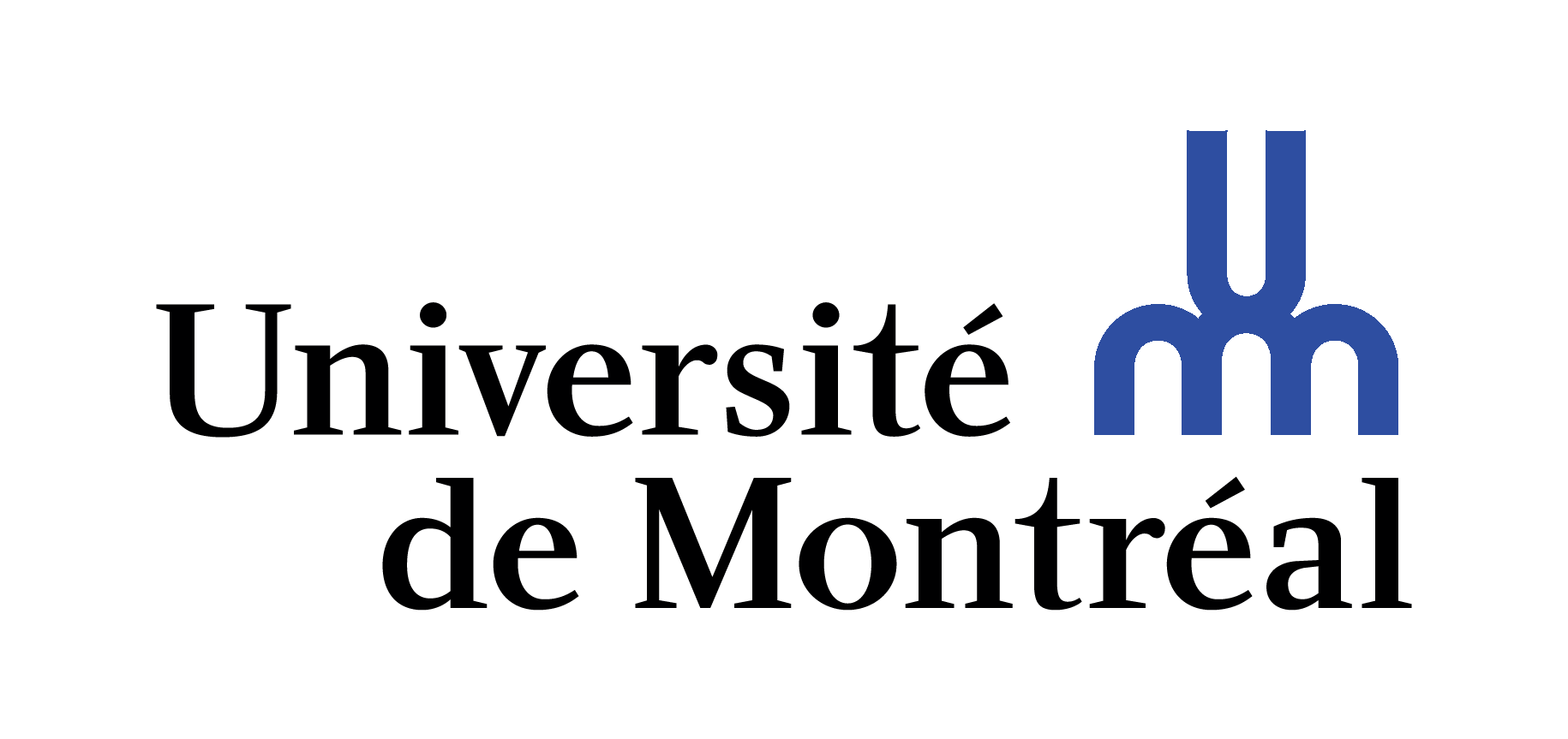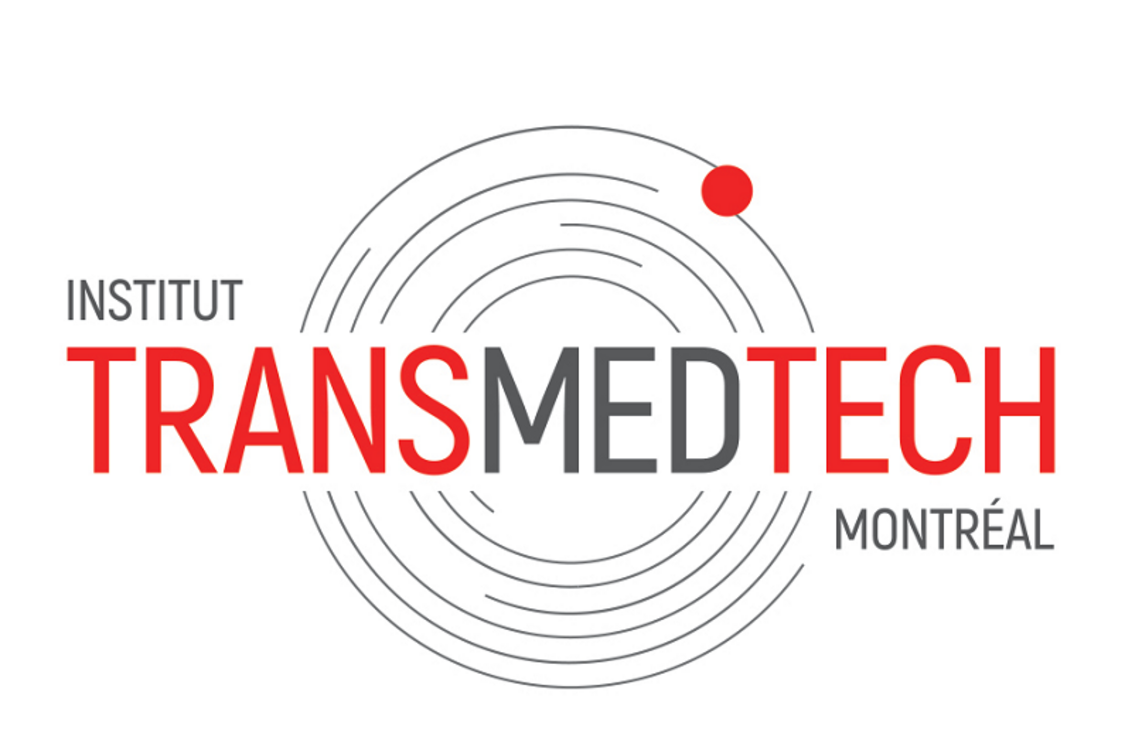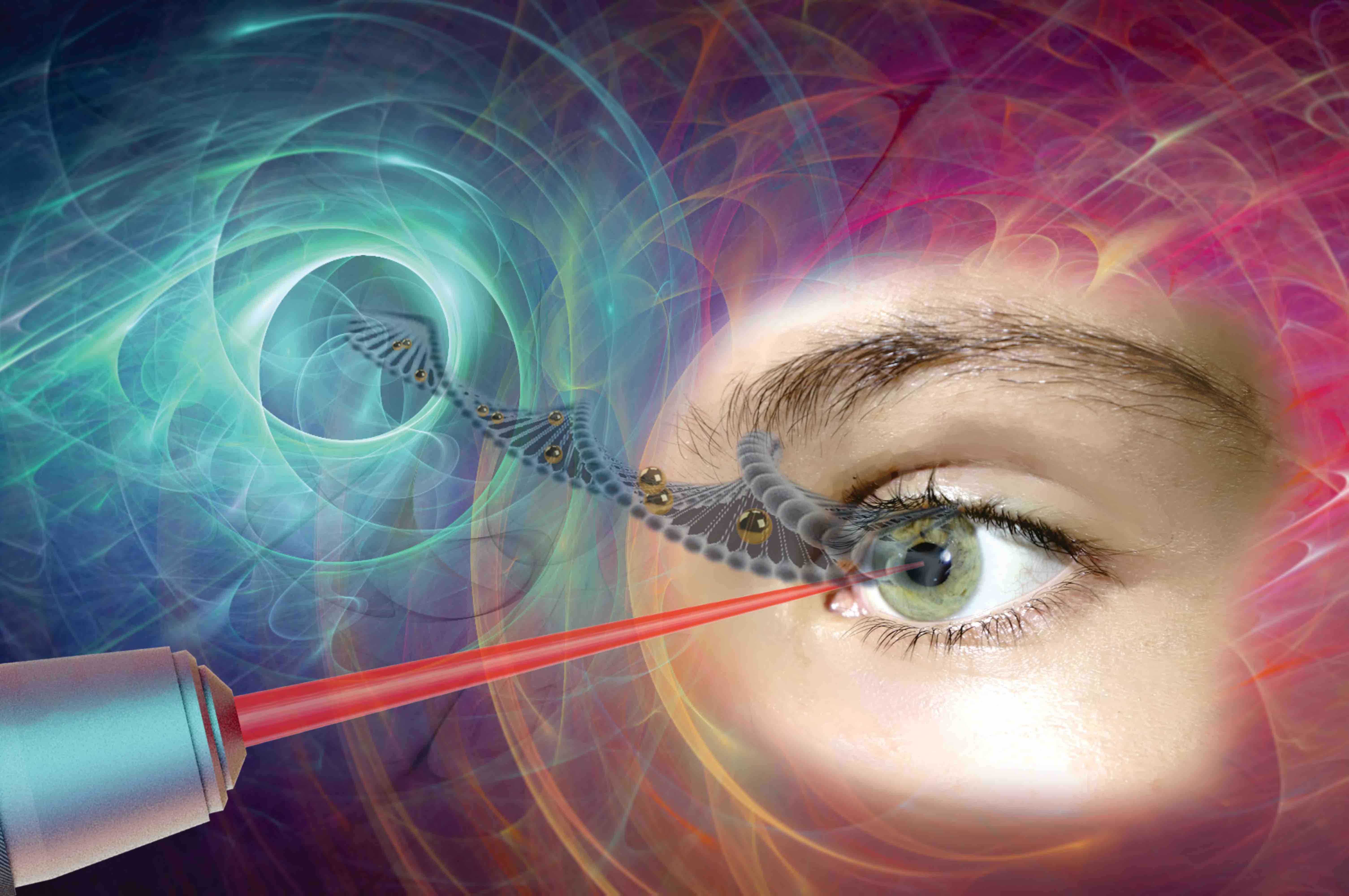
TWO projeCts FOR DRUG DELIVERY IN THE EYE:
The NanoEye project gathers two projects for targeted drug delivery in the eye:
- NanoRetina : drug delivery to retinal ganglion cells for fighting AMD (Age-related Macular Degeneration).
- NanoCornea: drug delivery to the cornea to avoid corneal dystrophia.
Optoporation FOR GENE THERAPY:
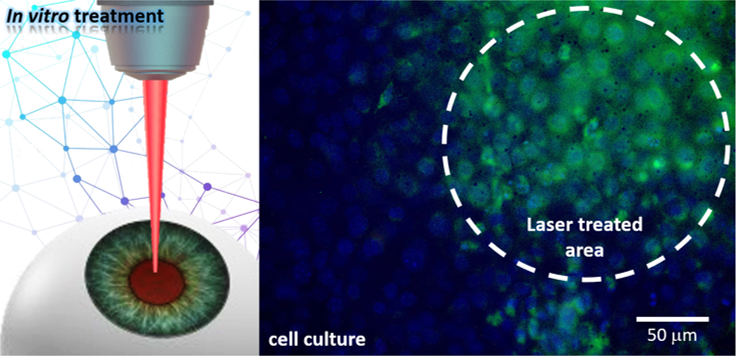
The optoporation is a new cell transfection technique using field amplification produced around plasmonic materials under laser irradiation to produce a phenomenon of cavitation and membrane perforation. It is important that this perforation is controlled so as not to lead to the death of the cells that are to be transfected. This technique has the advantage of not using deactivated viruses whose use, although very effective, remains controversial and subject to risks. In vitro experiments of plasmatic nanoparticle-assisted cell optoporation in the kHz and MHz regimes are under development. Several cell lines are used to determine the ideal conditions for transfection. Some work has also been done on corneal explants.
All of these experiments are part of the research conducted jointly by LP2L and Hôpital Maisonneuve-Rosemont.
First results in vivo:
First findings related to the treatment of the retina obtained in vivo in rats by Ariel M. Wilson et al. have been published in Nano Letters in 2018. The use of 100nm gold nanoparticles conjugated to the Kv1.1 antibody under femtosecond irradiation at 800nm made it possible to perform the transfection of the RGC cells without inducing their death. The figure opposite, explaining the operating principle comes from the article in question. The project continues on a murine model more representative of the development of the disease.
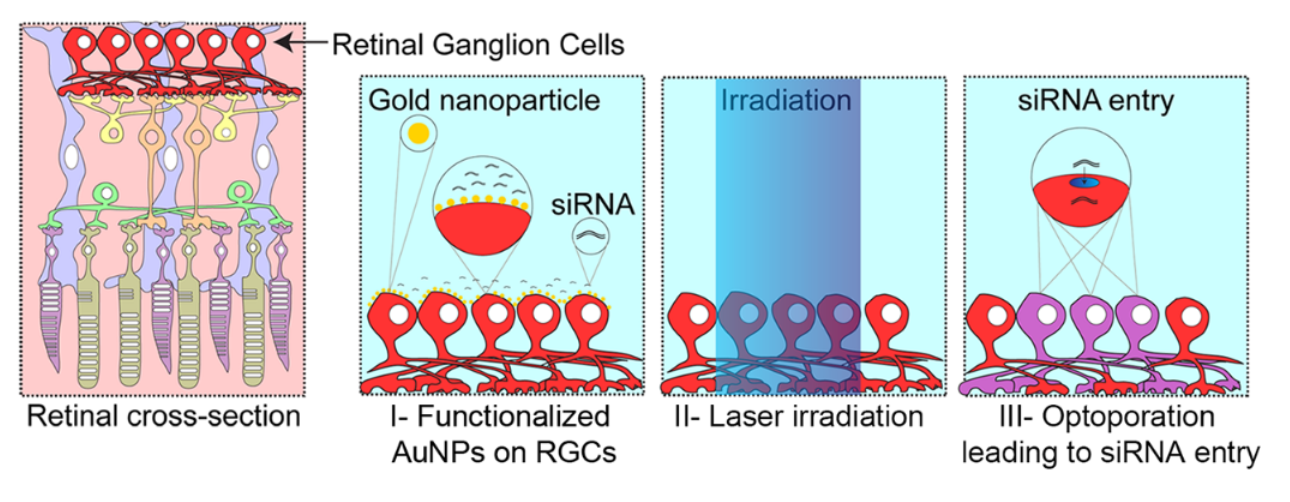
Highly pluridisciplinary projects:
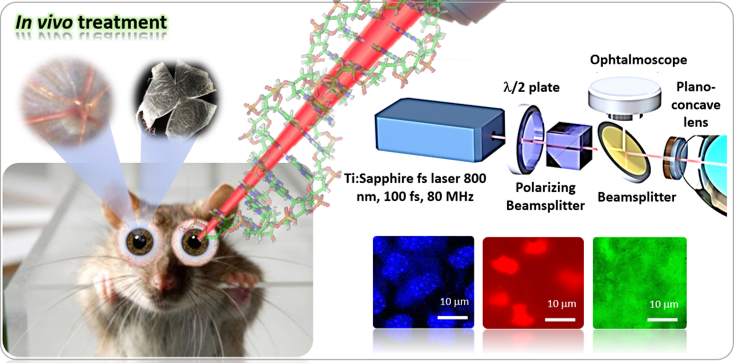
These large-scale projects require the mastery of many aspects and involve many collaborators. Areas of expertise include:
- Ophtalmology
- Nanotechnologies
- Ultra fast optics and femtosecond laser
- Cell culture and in vivo experiment
Main collaborators:
- Pr Mike Sapieha, HMR
- Pr Isabelle Brunette, HMR

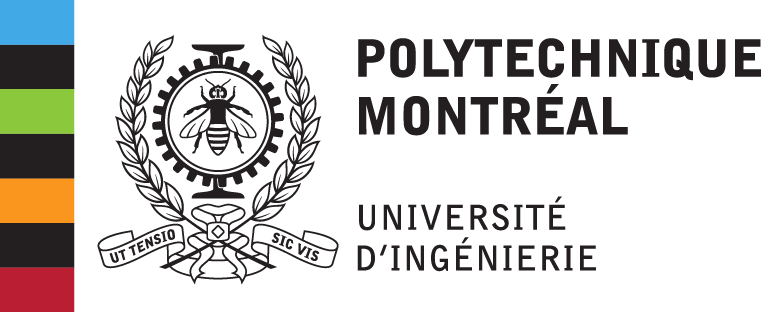
Bibliography:
- Wilson A M, Mazzaferri J, Bergeron E,Patskovsky S, Marcoux-Valiquette P, Costantino S, Sapieha P and Meunier M, In Vivo Laser-Mediated Retinal Ganglion Cell Optoporation Using Kv1.1 Conjugated Gold Nanoparticles, NanoLetters, 2018.
- Dagallier A, Boulais E, Boutopoulos Christos, Lachaine R, Meunier M, Multiscale modeling of plasmonic enhanced energy transfer and cavitation around laser-excited nanoparticles, Nanoscale, 2017.
- Lachaine R, Boulais E, Rioux D, Boutopoulos C, Meunier M, Computational design of durable spherical nanoparticles with optimal material, shape, and size for ultrafast plasmon-enhanced nanocavitation, ACS Photonics, 2016.
- Boutopoulos C, Bergeron E, Meunier M, Cell perforation mediated by plasmonic bubbles generated by a single near infrared femtosecond laser pulse, Journal of Biophotonics, 2016.
- Lachaine R, Boutopoulos C, Lajoie P-Y, Boulais E, Meunier M, Rational design of plasmonic nanoparticles for enhanced cavitation and cell perforation, Nano Letters, 2016.


